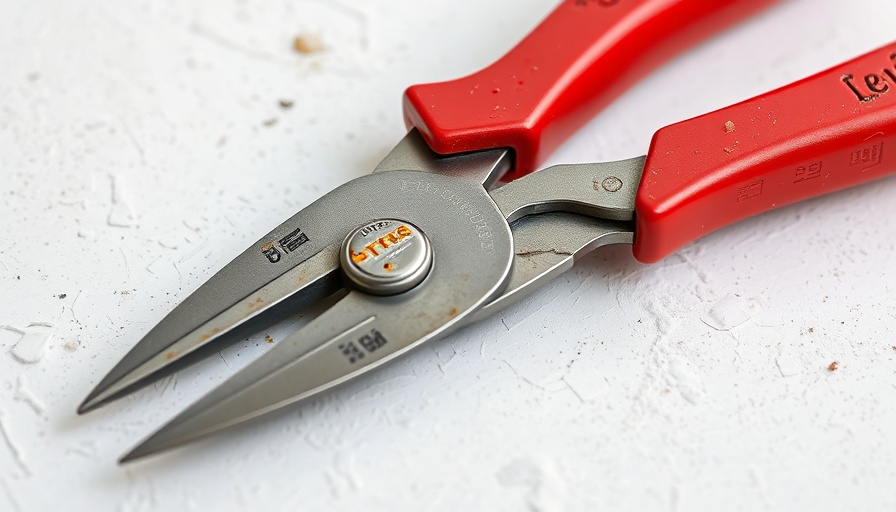
Timing Your Pruning Chores: An Essential Guide for Long Island Gardeners
As homeowners on Long Island eagerly welcome the first signs of spring, mud season presents a unique opportunity to engage in essential gardening tasks. While many might feel tempted to jumpstart their planting, the unpredictability of mud season calls for a measured approach, wherein pruning takes center stage. This transition period is often the only horticultural chore feasible while plants and weeds remain frozen in the ground, allowing you to shape your garden without disrupting the soil structure.
Choosing the Right Branches to Prune
One of the first tasks to tackle during this muddy phase involves pruning spring-flowering shrubs like forsythia and quince. For instance, cutting branches of Daphne mezereum not only enhances the shrub’s aesthetics but also allows you to bring fragrant blooms indoors as an early spring treat. When doing so, focus on removing crossing or crowded branches—not just any random cuts—to ensure the plant thrives and blooms beautifully. After all, careful selection enhances flowering potential and keeps your garden’s visual appeal intact.
The Art of Shearing: Transforming Shapes
Another popular spring chore is shearing spireas and boxwoods into neat globes. While some gardeners favor the natural, organic forms of shrubs, embracing geometrical shapes can offer intriguing contrasts that enhance your garden design. Keep in mind that shearing should be done before the ground thaws, as this ensures the vibrancy of the new growth — especially in spireas, which can produce striking colors like maroon and chartreuse. Curious to see how these intentional shapes can transform your landscape? Consider a before-and-after visual: the difference is worth the effort!
Caring for Hellebores and Dead Foliage
As the snow melts away, hellebores emerge with their exquisite blooms but can often be marred by remnants of last year's foliage. Trimming back these old leaves not only elevates the plant's appearance but also allows fresh flowers to shine through unimpeded. Similarly, epimediums benefit from a late-winter trim, promoting healthier growth and blooming cycles. This attention to detail creates an inviting atmosphere in your garden even as nature is slowly waking up.
Practical Tips for Successful Pruning
Before you grab your pruners, ensure they're clean and sharp for an effective task. Proper tools can make all the difference in creating clean cuts that are crucial for plant health. Remember to prune dead or diseased branches, as this improves airflow and light penetration, ultimately leading to lush growth. Additionally, keep track of your pruning activities by maintaining a garden journal to help sharpen your skills year after year and maximize your garden's potential.
Call to Action: Your Garden Awaits
Now that you’re armed with practical tips for mud season pruning, it's time to step outside and give your garden some love! Embrace this season of renewal by committing to these essential pruning tasks. Prepare your tools, plan your strategy, and enjoy your garden’s transformation this spring.
 Add Row
Add Row  Add
Add 




Write A Comment